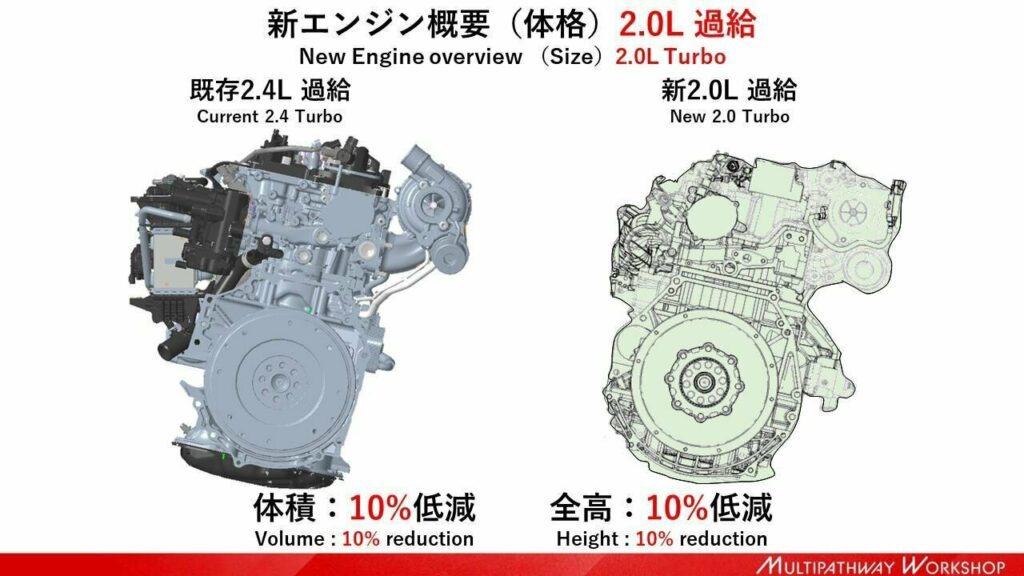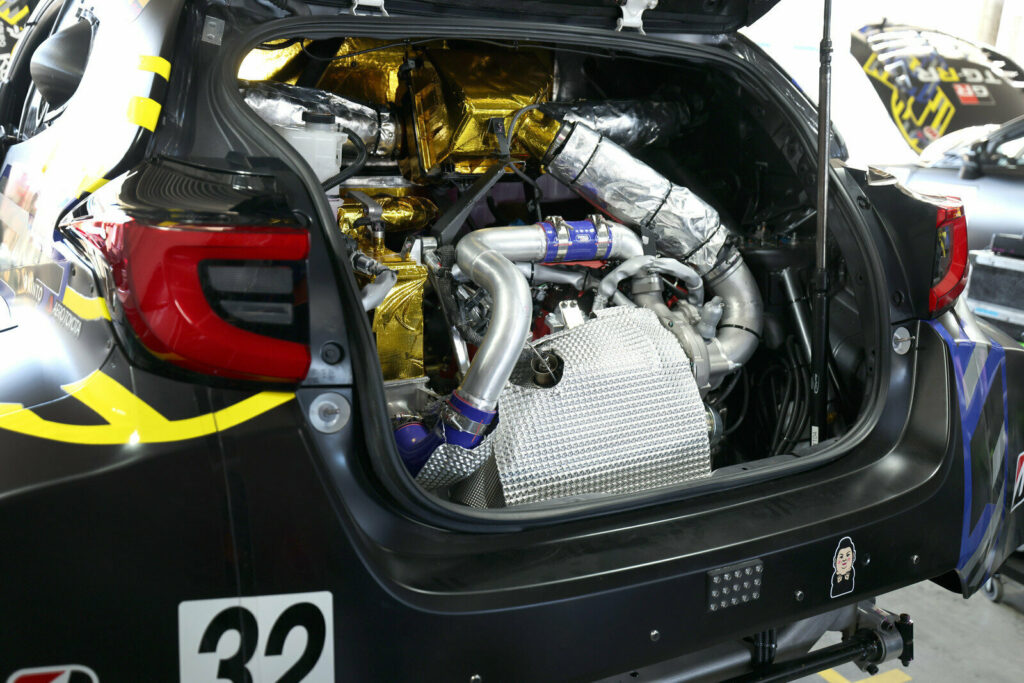Toyota says the mid-engined layout will eliminate any understeer suffered by the current GR Yaris
47 minutes ago

- Toyota keeps developing its mid-engine prototype despite early troubles.
- Engineers refined the prototype after reports of major development issues.
- New G20E 2.0-liter turbo engine will power the next-generation MR2.
Toyota isn’t letting a few development hiccups get in the way of its plans for a new mid-engined model. Months after reports surfaced that the carmaker had run into significant issues with its GR Yaris M Concept tester, the team has pressed ahead, refining the prototype and recently securing a third-place class finish in Japan’s Super Taikyu Series.
The mid-engined sports car project has been in the works for quite some time and is widely expected to lead to the creation of an all-new generation MR2.
Read: Toyota’s Mid-Engine Sports Car Just Hit A Serious Snag
For now, Toyota is testing its mid-engine prowess in a custom-built GR Yaris and is confident that it can create a package that’s even better than what’s found in the Yaris.
According to Toyota, its pint-sized hot hatchback can wear out the front tires three times as quickly as the rear ones due to its front-engined, all-wheel-drive layout. By shifting the engine to the rear and retaining four-wheel drive, it will be able to improve handling and reduce understeer.
New G20E Four-Cylinder Turbo Engine

It’s not just the chassis layout drawing attention. Whereas the current GR Yaris and GR Corolla use a 1.6-liter turbocharged three-cylinder, the M Concept swaps that for Toyota’s still in-development 2.0-liter turbocharged four-cylinder, known internally as the G20E. Despite its smaller size, the engine massively outperforms Toyota’s existing 2.4-liter unit.
“Compared to the existing 2.4L turbo engine, this engine is 10 percent smaller in both volume and height, yet delivers significantly more power, making it suitable for a wide range of vehicles requiring high power output, from heavy vehicles such as trucks to sports cars,” Toyota explained.
Smaller Yet Stronger
The company isn’t stopping there. An even more compact version of the G20E, reportedly destined for several upcoming models including the rumored Celica revival, is already being tested.
“It is smaller than the one in the technical workshop. It is still a challenge, and it is not guaranteed to be possible, but we are working hard to make it even more compact,” said Mitsuto Sakai, chief of engine development at Toyota’s ICE Development Department.
More: Toyota’s Next Engine Could Make Tuners Forget About The Legendary 2JZ
He added, “The main thing we have been working on is how to design something with great power in a compact way. We are developing this engine with the aim of improving combustion efficiency while designing it compactly, thereby contributing to the creation of ever-better cars.”
Originally, Toyota suggested the G20E would produce around 395 hp, but engineers have since indicated that with a larger turbo, the unit could reach 600 hp without any hybrid assistance. That figure hints at remarkable flexibility for a relatively small displacement engine.
Can It Keep Its Cool?

Earlier this month, Toyota ironed out many of the previous issues with the race car and competed in the ST-Q class during round 6 of the Super Taikyu Series. The car set the fourth fastest time in qualifying and went on to finish third in the Group 2 class.
For as impressive as the car’s latest outing was, it’s still dealing with cooling issues. Toyota has added massive side arches and air vents to the prototype, but there’s still work to be done.
While we’d love to see Toyota release a mid-engined version of the GR Yaris, akin to the Renault Clio V6 of old, we’re not holding our breath.
However, reports of a new MR2 being developed with the same mid-mounted 2.0-liter turbo four of this prototype and an all-wheel drive system are enough to get any car enthusiast excited.


